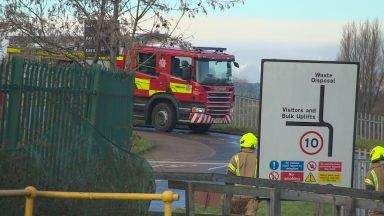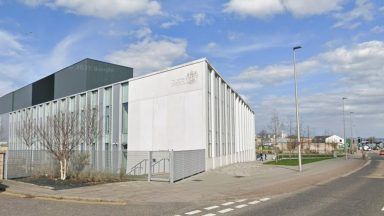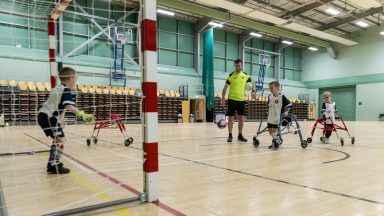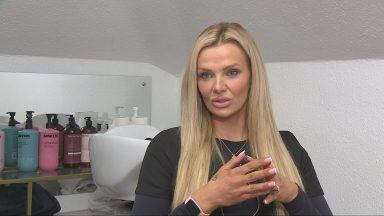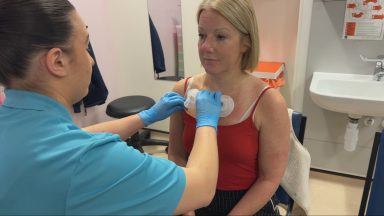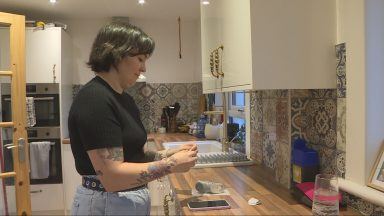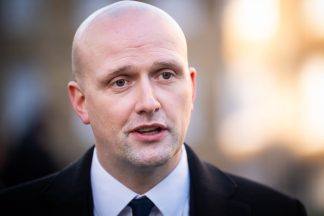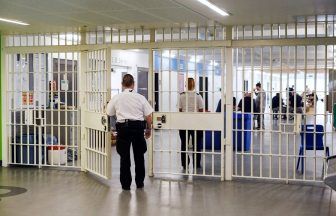Almost half of 999 ambulance calls are dealt without sending patients to hospital helping to reduce pressure on stretched accident and emergency departments across Scotland, figures have revealed.
In October, 49.1% of patients were cared for outside emergency departments, the Scottish Ambulance Service said on Thursday.
This was made up of 24.9% of patients who were managed on the call and 24.2% who were managed at the scene.
The new figures come days after official figures showed that the Scottish Government’s A&E waiting times target has again been missed.
Ministers set a goal of ensuring that 95% of patients seen at A&E are either admitted or discharged within four hours.
However, the target has been consistently missed, with figures falling well short of the 95% aim.
Public Health Scotland statistics indicate that as of December 11, only 62.4% of people who went to A&E were seen and subsequently admitted or discharged within that time.
On Thursday, people in Glasgow are being urged to only attend A&E if their situation is urgent or life threatening as a result of a spike in visits over the last few days.
Pauline Howie, chief executive of the service, said as pressure on hospitals increases this winter it is “vital we work together with our health board and community colleagues to find ways of delivering the right care for individuals and easing pressure on emergency departments”.
The figures were released as the ambulance service launches its round-the-clock integrated clinical hub, which provides a detailed consultation for patients whose initial 999 triage has ruled out time-critical illness.
Health secretary Humza Yousaf said: “We are facing a challenging winter ahead for the NHS and its initiatives such as the integrated clinical hub that can help ensure patients receive appropriate care at home or in the community and alleviate pressures on our already busy A&E departments.”
The ambulance service said the hub will help people receive the most appropriate care and support, co-ordinated through its three control centres.
Ms Howie, whose service employs 5,000 staff across Scotland, said: “If the patient’s symptoms are not immediately life-threatening, they can then benefit from a clinical assessment with a senior experienced clinician to agree how help can be best provided.
“Frontline emergency clinicians can also be supported by more senior clinical staff via telephone and video, aiming to enable the patient to access the most appropriate pathway or care provision to address their need.
“This can help reduce pressure within Scotland’s emergency departments.”
Every year the Scottish Ambulance Service responds to more than 1.5 million calls for help, of which over 600,000 are emergency and unscheduled incidents.
Follow STV News on WhatsApp
Scan the QR code on your mobile device for all the latest news from around the country


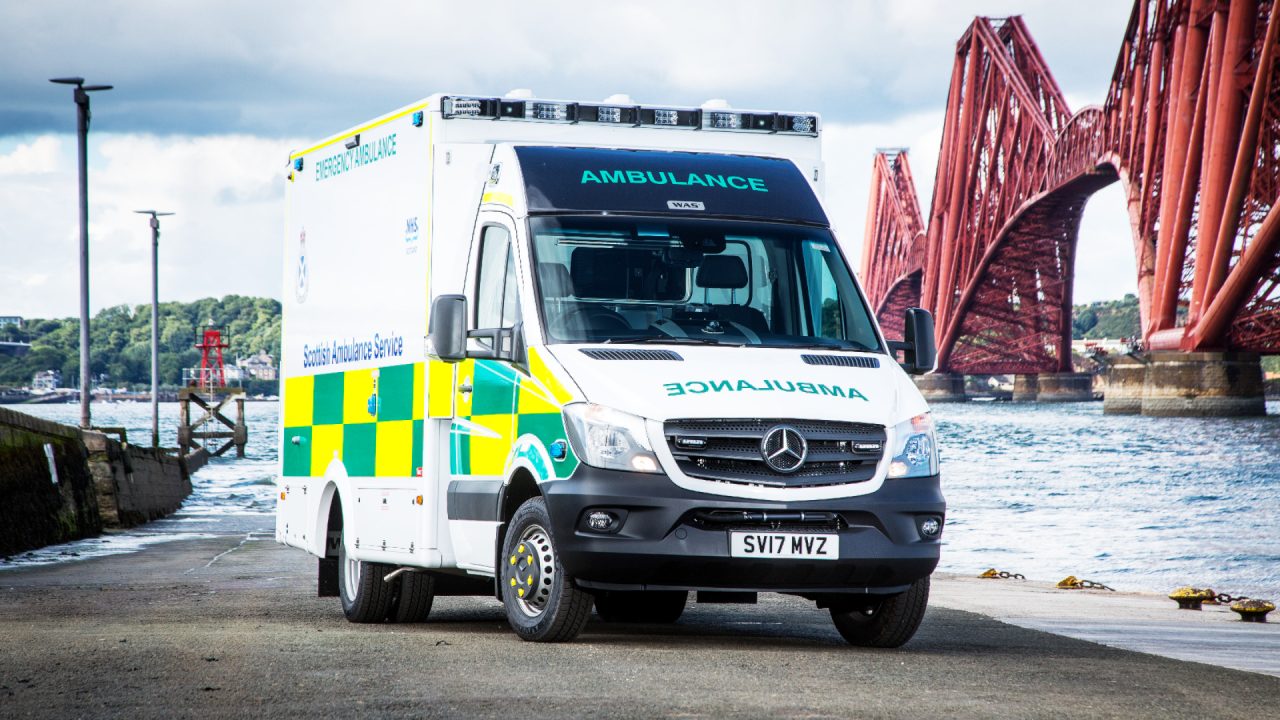 Scottish Ambulance Service
Scottish Ambulance Service



